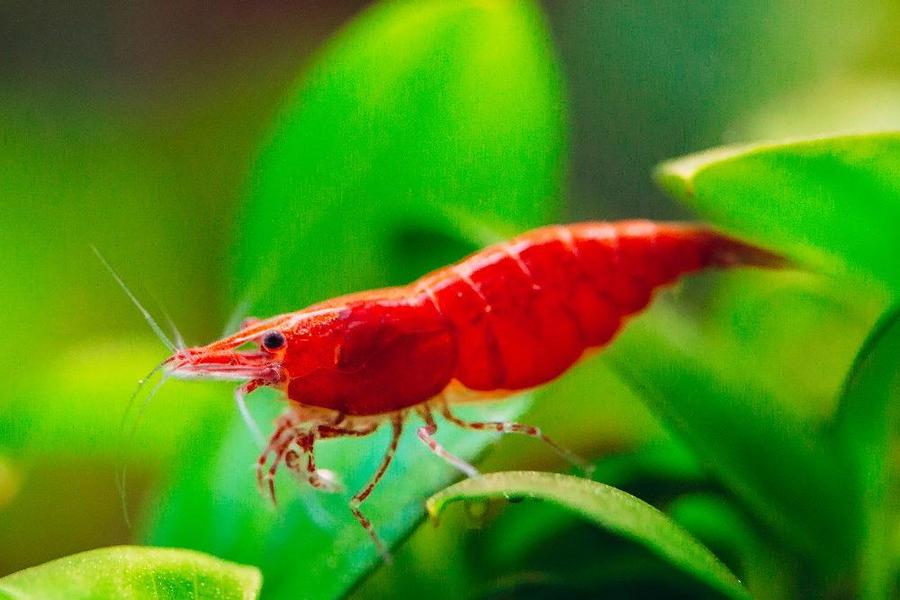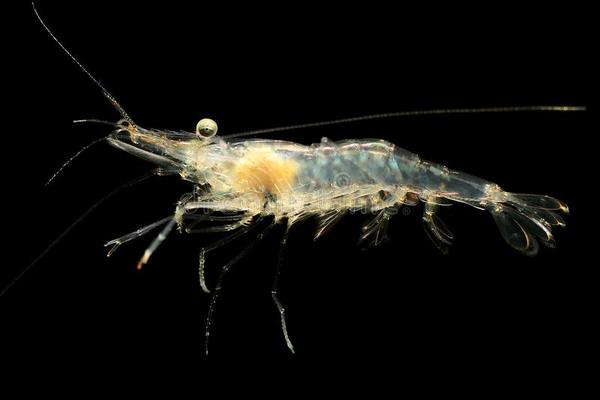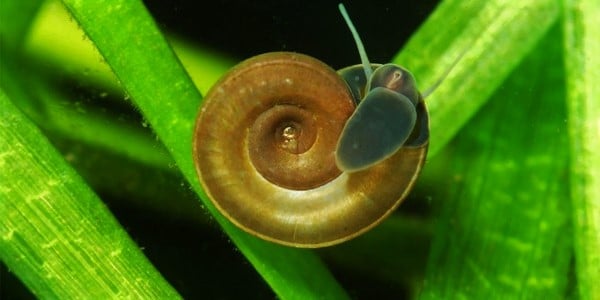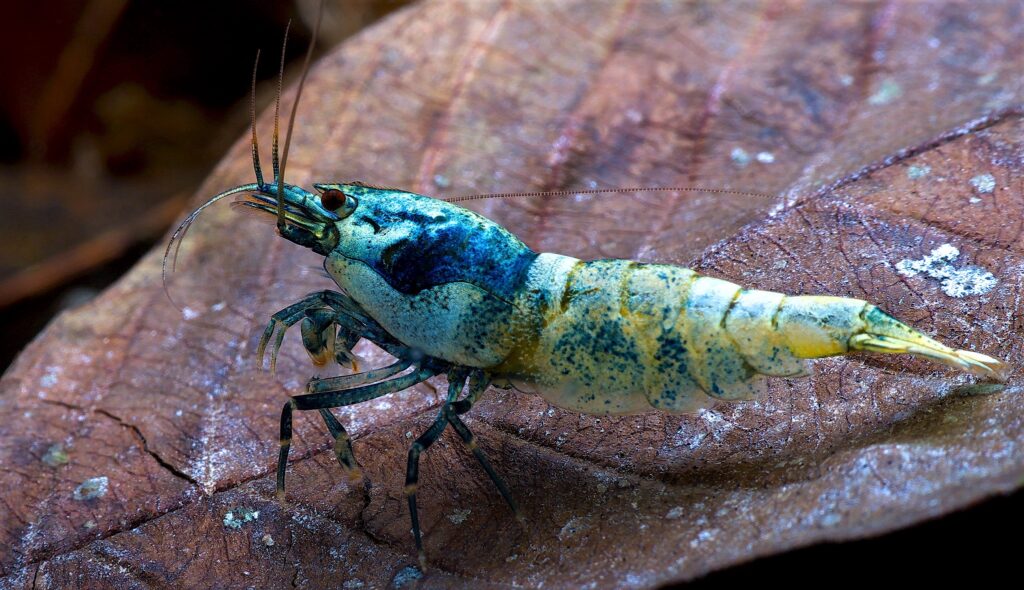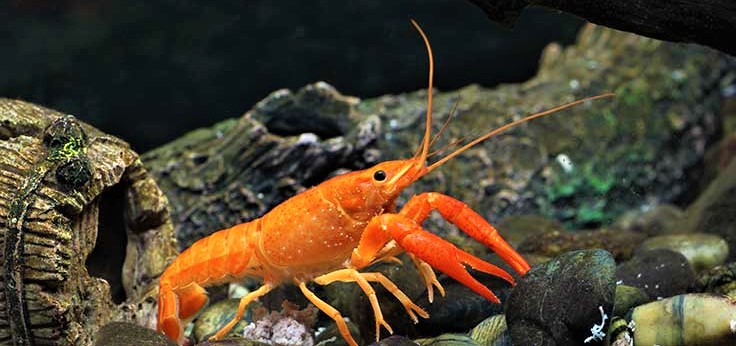The Blue dream shrimp is a charming brainchild of foreign breeders. Shrimp have recently been kept as aquarium pets, but funny crustaceans have already gained popularity.
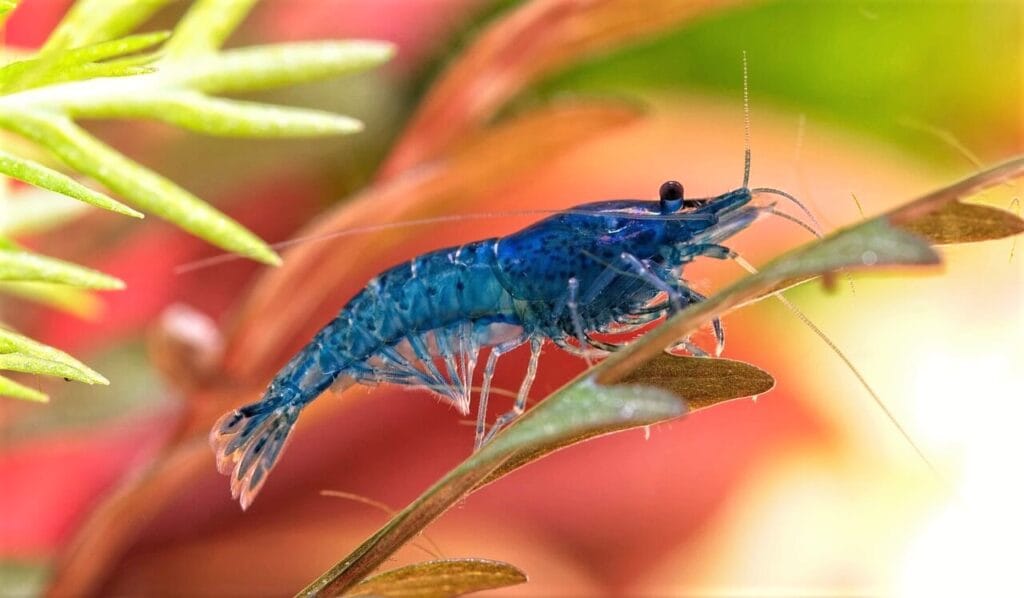
She is not capricious in keeping and feeding, no effort is needed to breed. The blue shrimp looks especially beautiful next to orange-colored relatives. In addition to its original color, the blue dream shrimp is notable for its sanitary role in the aquarium.
Description
The blue dream shrimp, also called blue velvet shrimp, was bred by breeders from Japan and Germany. The progenitor of the aquarium species is the freshwater shrimp Neocaridina heteropoda.
The main external feature of the aquarium blue dream shrimp is a rich blue color with small dark spots. The color of the body is not the same in different individuals. The palette varies from opaque intense blue to translucent pale azure.
There are 4 varieties of crustaceans by color.
- The first one is a low-intensity and opaque blue color, a dark head
- The second is the presence of small transparent areas, a large dark spot on the head
- The third – a large number of transparent areas, a dark spot on the head is hardly noticeable
- The highest grade – the body is almost transparent, there is no darkening on the head.
Semi-transparent individuals are the most valuable, their selection is the most difficult. All varieties may have reddish spots on the body, this feature does not affect the assessment. The intensity and richness of the color are determined not only by genetics but also by the conditions of detention.
The blue shrimp is dwarf, does not exceed 3 cm in length. The description of the appearance is standard. The cephalothorax is cover with a hard and inelastic shell, which is shedding during molting. In addition to 5 pairs of limbs, the shrimp has jaw legs that help push food into the mouth. The tail is long and flexible, helping to make short jumps. The organs of touch and smell are long mustaches.
On moulting days, do not remove old shells from the aquarium. They are readily eaten by other underwater inhabitants as a source of nutrients.
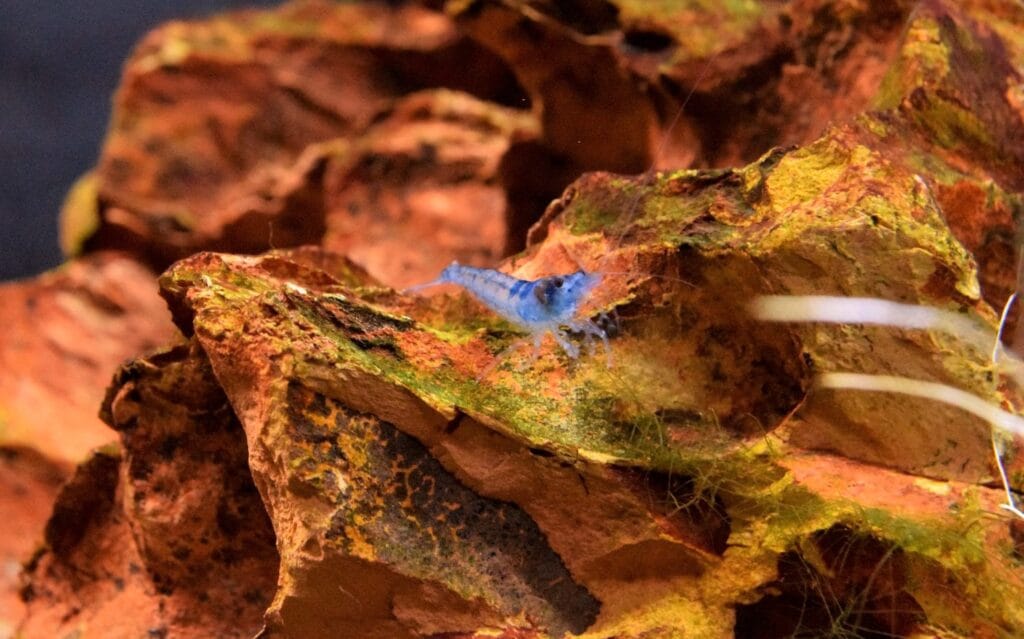
Living In Nature
It is impossible to see blue crustaceans in their natural environment, this is an artificial species. But the progenitors – Neocaridina heteropoda shrimp, discovered in 1938, are common in China, Taiwan, on the Korean Peninsula. When living in nature, they prefer to inhabit slowly flowing rivers, overgrown ponds. The body of wild individuals is translucent, allowing them to remain invisible to predators.
Care and Maintenance
Blue dream shrimp is not capricious in keeping, does not require much space. What capacity the tank should depend on the number of inhabitants. For 12-15 shrimps, a volume of 20 liters is enough.
The aquarium should be with a lid since crustaceans are distinguished by their jumping ability. They start jumping when they are frightened and irritated.
Water Parameters For Blue Dream Shrimp
The key factor for the successful breeding of blue shrimp at home is the quality of the water, its purity, air saturation, ideal aeration, and filtration. A filter that does not create a strong current is preferred.
Optimal water parameters:
- Temperature – + 22-25 ° C
- Acidity – 7-8 pH
- Hardness – 5-15 ° dH
Change the water carefully, in portions, avoiding sudden temperature and chemical fluctuations. You cannot use water with low hardness, otherwise, after molting, the crustaceans will not be able to fully form the shell. The presence of nitrates, ammonia, copper in aquarium water is unacceptable – these substances are destructive for crustaceans.
Lighting
Artificial light is a must. Moreover, it is important not so much for crustaceans as for vegetation. The duration of daylight hours should be at least 8 hours.
Fluorescent lamps are preferred as the light source . They heat up slightly, almost do not provoke temperature fluctuations in the aquarium water. You can fix the lamps not only from above, but also from the side, the main thing – away from the thermometer.
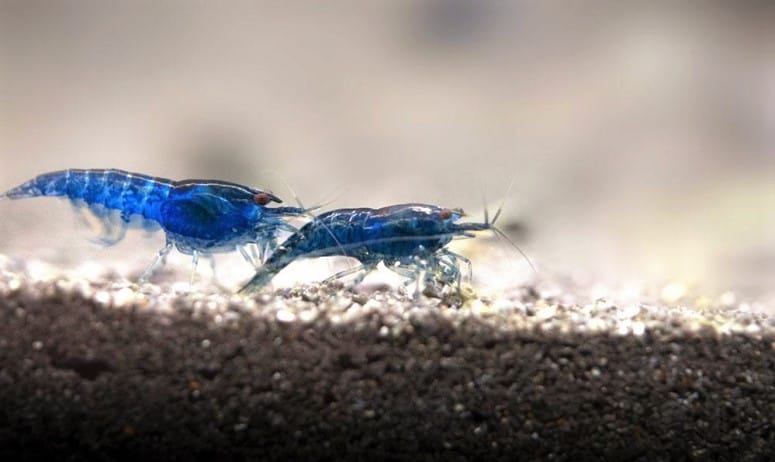
Vegetation
The blue dream shrimp prefers to live in dense thickets, so planting plants in the aquarium is mandatory. Plant ferns, Javanese moss, hornwort, and water lettuce. Algae must be present. The use of fertilizers is unacceptable: crustaceans will die.
Related : Everything You Need to Know About Red Shrimp
Priming
The optimal substrate for a shrimp aquarium is small pebbles or sand. The thickness of the soil layer must be at least 4 cm.
Décor
When arranging the tank, it is necessary to take into account the places where the shrimp will hide. A complex relief with many decorative elements is preferred. Use driftwood, grottoes, pottery, piles of stones. Dried nettle, hazel, oak leaves can be put on the bottom, bamboo stems can be used as decoration. Microorganisms will form on the plant decoration, which is food for shrimp.
Behavior And Compatibility
Blue shrimp have very interesting behavior. They slowly crawl along the bottom, feeling the pebbles and driftwood with their antennae, rush to the feed thrown by the owner, pushing each other away.
The ideal habitat is the shrimp. But for blue dream shrimp, keeping in a common aquarium is also possible, the main thing is to choose the right neighbors. The crustaceans themselves are peaceful, but aggressive fish can attack them.
Excellent Compatibility with Blue Dream Shrimp
- Neon’s
- Guppy
- Rainbows
- By rasbora
- Otozinklus
Do not put cichlids and other aggressive species in the aquarium, for which small varieties are food. Blue dream shrimp have low compatibility even with calm but large fish. For example, scalars will not eat crustaceans, but they will certainly pinch them. Helena’s predatory snails will also accept shrimp as food.
It is undesirable to settle blue shrimp with Neocaridine relatives of other colors. Reproduction control will be problematic. There will be a risk of loss of the original color by future generations of crustaceans.
Feeding Blue Dream Shrimp
The main percentage in the diet is algae. With a sufficient amount of algal vegetation in the aquarium, shrimp can easily live on pasture. But it’s better to feed them. If there are few algae in the aquarium, a supplement is required – spirulina.
Also feeding includes:
- Shrimp feed
- Vegetables processed with boiling water – zucchini, pumpkin, cucumbers
- Dried nettle, currant, raspberry, cherry leaves
High-protein foods and frozen foods are contraindicated. In order for crustaceans to receive protein, it is enough to give daphnia, live food once a week.
Feeding should be at the same time 1-2 times a day. It is helpful to organize a fasting day once a week.
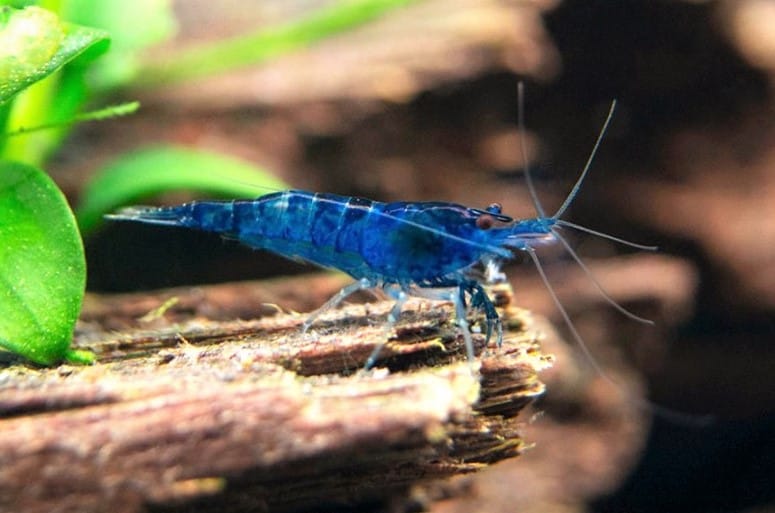
Sex Differences
At first, it seems that there are no gender differences. There are actually several ways to determine gender.
- Females are larger, males rarely exceed 2 cm in length
- The color of females is more intense
- Females are more mobile, energetic
- In females, the belly is rounded, in males, the body is elongated
- In females, the abdominal limbs are equipped with a saddle for bearing eggs.
Reproduction And Breeding Blue Dream Shrimp
Breeding blue dream shrimps do not require special conditions; mature individuals reproduce in the aquarium environment on their own.
The female, ready for spawning, releases pheromones. The attracted male attaches the sperm bag to the partner’s genital opening. The laid eggs in the amount of 20-30 pieces are fertilized by passing through the sperm. For about a month, the female carries eggs on the abdominal limbs cares for them, cleanses.
Hatched fry up to 1 mm long are independent. It is difficult to see them: they are transparent, hiding in the vegetation. Special feeding and care for the offspring are not required, small crustaceans feed on phytoplankton and bacteria.
To obtain offspring from blue dream shrimp, breeding must be organized in a shrimp pit. When crustaceans breed in a common aquarium, almost all offspring become food for fish.
Diseases And Prevention
Blue shrimp have strong immunity. They rarely get sick, but they can carry an infection that is dangerous for aquarium fish. How many crustaceans live depends on the conditions of detention, but on average 2 years.
With a weakened immunity, parasitic diseases may occur:
- Defeat by ciliates-trumpets and suvoys
- False mycosis
- Scutariella fluke worms
- “Porcelain” disease
- Fusarium or “black gills”
For treatment, use malachite green, antiparasitic drugs. It is unacceptable to use copper-containing medicines. Prevention of weakening of the immune system in shrimp consists in avoiding stress, overpopulation, water pollution, significant fluctuations in temperature and hardness, nitrate poisoning.
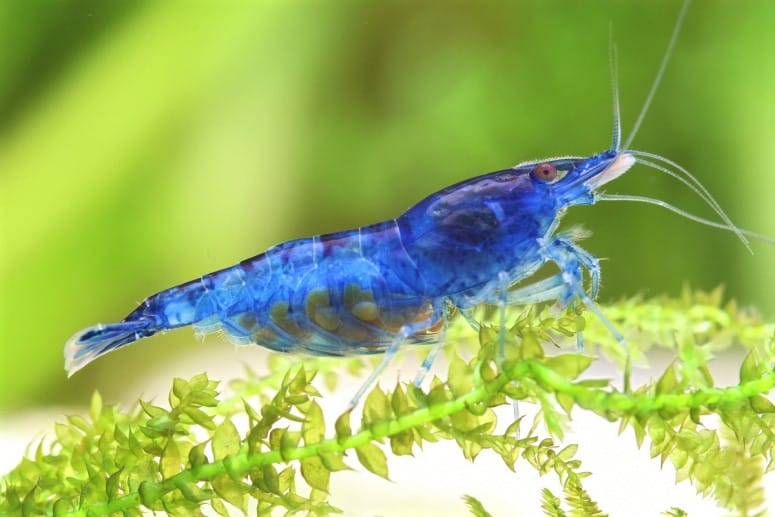
You can buy blue shrimp on the Internet and at a pet store. They are unpretentious, the main thing is to ensure purity, optimal water parameters, and balanced nutrition. And then bright crustaceans will adorn the aquarium for a long time.
